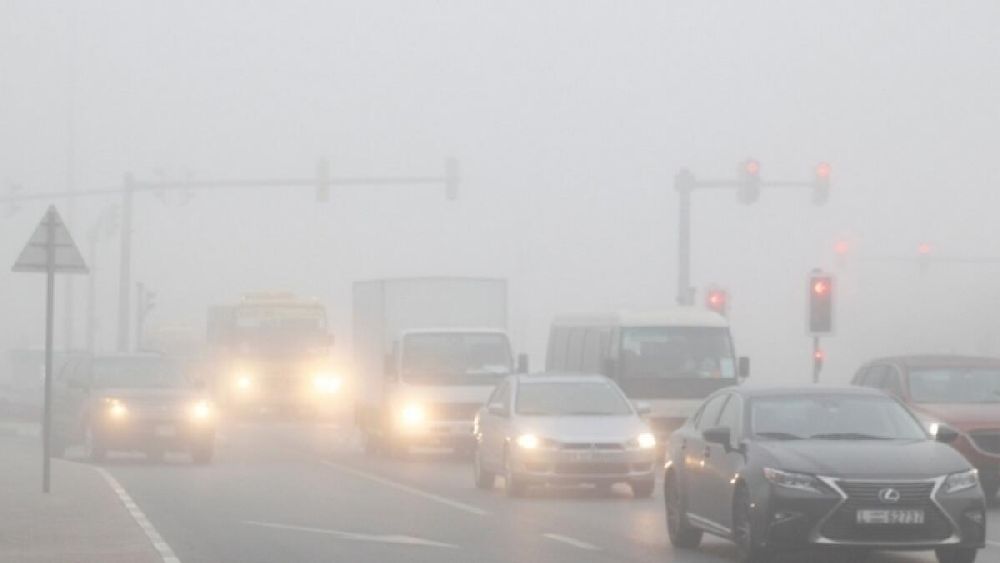

Because the dominant visibility is related to the factors such as wind, temperature and relative humidity, the second type of forecasting factor not only includes the dominant visibility in the past, but also the temperature (T), dew point temperature (TD), relative humidity (RH), wind direction (WD) and wind speed (WS). Combined with the prediction of dominant visibility, we construct two types of factors: the first type of forecasting factor contains only the dominant visibility (Vis) in the past.
Visibility weather series#
See Equation (1) for the specific algorithm.įor the time series regression prediction, the simplest way is to build a nonlinear function based on historical data. Since each factor is composed of different meteorological elements, in order to avoid the difference in magnitude between the various factors, it needs to be normalized before the input factor as the depth neural network, so that its value is limited to. By sorting and controlling data quality, 43,752 data records were received. Contains hourly dominant visibility, temperature, dew point temperature, relative humidity, average wind direction and average wind speed. This article uses the Urumqi Airport from 2007 to October 2016 to March the following year 24 hours a day observation data. Deep Learning can be used in sorting, regression and information retrieval and other specific issues. It uses a multi-layer representation to model the complex relationships between the data. In essence, it refers to a class of neural networks with deep structure of the effective training methods. Its concept originated in the Artificial Neural Network (ANN). ĭeep Learning (DNNs) is also known as deep neural network (DNNs), which is the sub-field of machine learning. Therefore, the study of atmospheric visibility is still a difficult and hot spot in meteorological forecast in recent years. Although with the development of numerical forecasting, there are also numerical and fog model predictions and many experiments have shown that the fog model has only a certain degree of analytical use and is difficult to predict. At present, the low visibility forecast for the smoke, fog and other weather, is still based on empirical forecasts and statistical forecasts. Improving the level of visibility is an important measure to ensure the safe and stable operation of the airport. The weather phenomenon that causes low visibility is mainly fog and smoke. Most of the low visibility days occurred in the winter half (November to March), up to 57 days. The existing climate data show that Urumqi airport visibility was below 1000 m the average number of days for 60 days. It is responsible for the Xinjiang region and Central Asia flight operations. Urumqi International Airport is the hub of the Xinjiang region airport. Low visibility is also one of the most common causes of flight accidents. At the same time visibility and flight safety are closely related. This not only has brought huge losses for the airlines and the airport, but also affects the public travel. A long, low-visibility weather caused by fog, haze and other weather can cause a wide range of airport delays and cancellations. Hence it can potentially contribute towards safer driving conditions in the presence of fog.With the rapid development of the national economy and the increasing popularity of civil aviation transport, airport operation on the visibility is becoming increasingly prominent. Our experimental results show that the proposed solution presents very promising results in support for next-generation situational awareness and cooperative collision avoidance systems. We present a quantitative evaluation of the proposed solution and show that our approach provides better performance results compared to an earlier approach that was based on the combination of an ANN model and a set of global feature descriptors.

We then propose a novel approach based on the combination of a deep learning method for feature extraction and an SVM classifier. In this paper, we present a brief review of noticeable approaches for determining visibility distance under foggy weather conditions. Systems capable of estimating visibility distances under foggy weather conditions are extremely useful for next-generation cooperative situational awareness and collision avoidance systems.


 0 kommentar(er)
0 kommentar(er)
